Do you want to know how to manage debt in your small business?
There are people who may have run into bad debt.
Hence, they think that debt in itself is a bad thing.
It may even make them want to avoid all forms of debt altogether.
However, as wealth coach Robert Kiyosaki once pointed out that there is good debt and bad debt.
Debt itself is not a bad thing.
In fact, debt is something that may become necessary when you run a small business.
As an entrepreneur, you should gain some debt management skills.
How to Manage Debt in Your Small Business
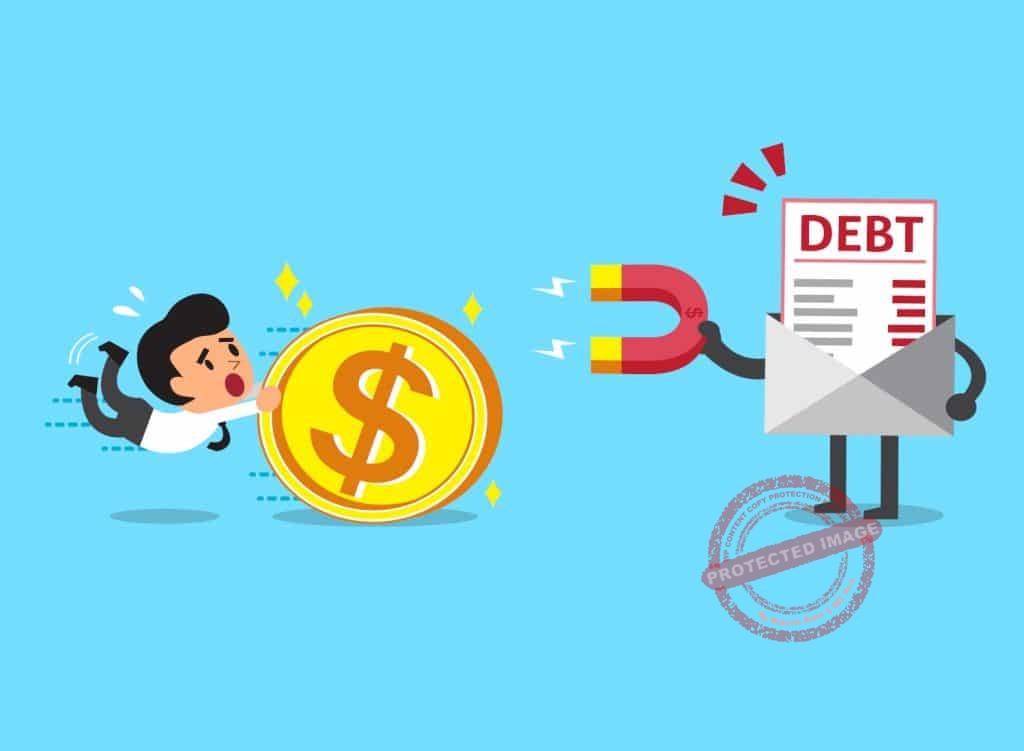
As earlier stated, there are good and bad debts.
Also, debt is something most if not all small business owners would have to deal with.
There are times when you need to get a line of credit, especially if it is for a good cause for growing your business.
Sometimes when business is growing you might need new inventory faster than you can gain cash for from your operations.
Collections might be a little bit slow at the time being, sales are growing and so is the business overall.
You need to tap into that line of credit.
However, you should also have a debt reduction plan along with that.
You don’t want to get into too much debt since it can stifle your cash flow.
Nevertheless, remember that your cashflow will determine how much money you should borrow or take out on a loan.
Worthy of note is this saying; “the less you owe the more you can use to invest.”
Rules of Thumb When Managing Business Debt
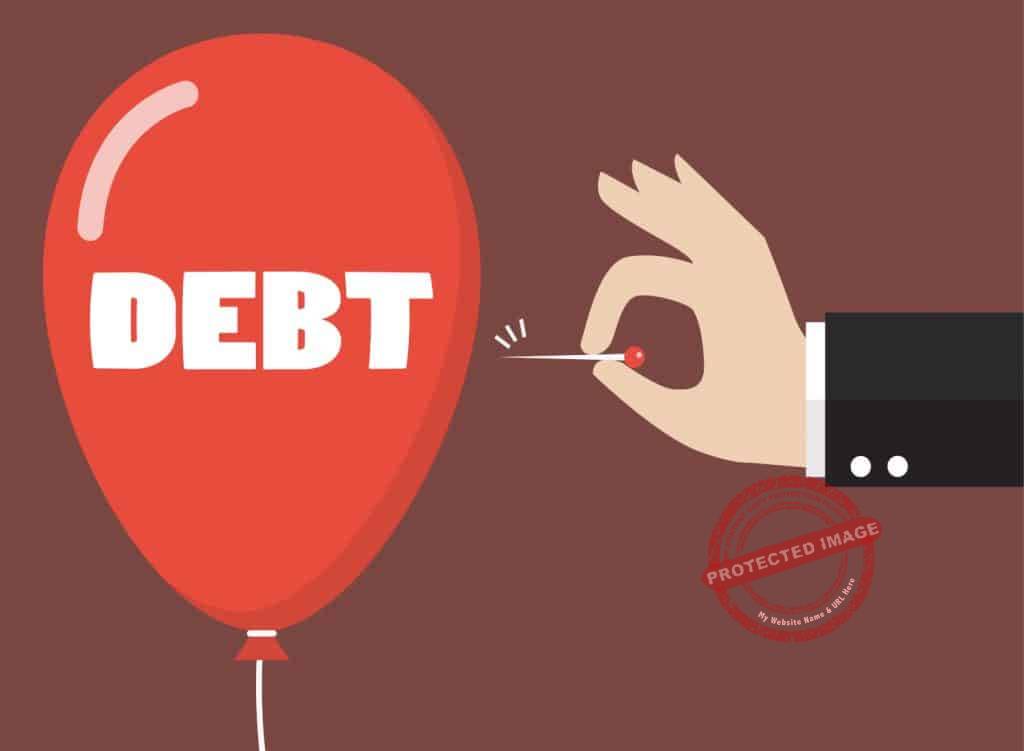
When managing debts in your small business, you will need to have an effective debt management plan.
It should be one of the most useful debt management tools in your arsenal.
Remember that the financial situation of your business is unique so not all debt management approaches will work for you.
Don’t expect all your creditors to be on board with you on your efforts to reduce your debt.
Nevertheless, you may find that a good number of them will.
These tips below are guidelines on how to effectively manage debt in your small business.
Consider these as part of your debt management plan.
Make a Debt Inventory
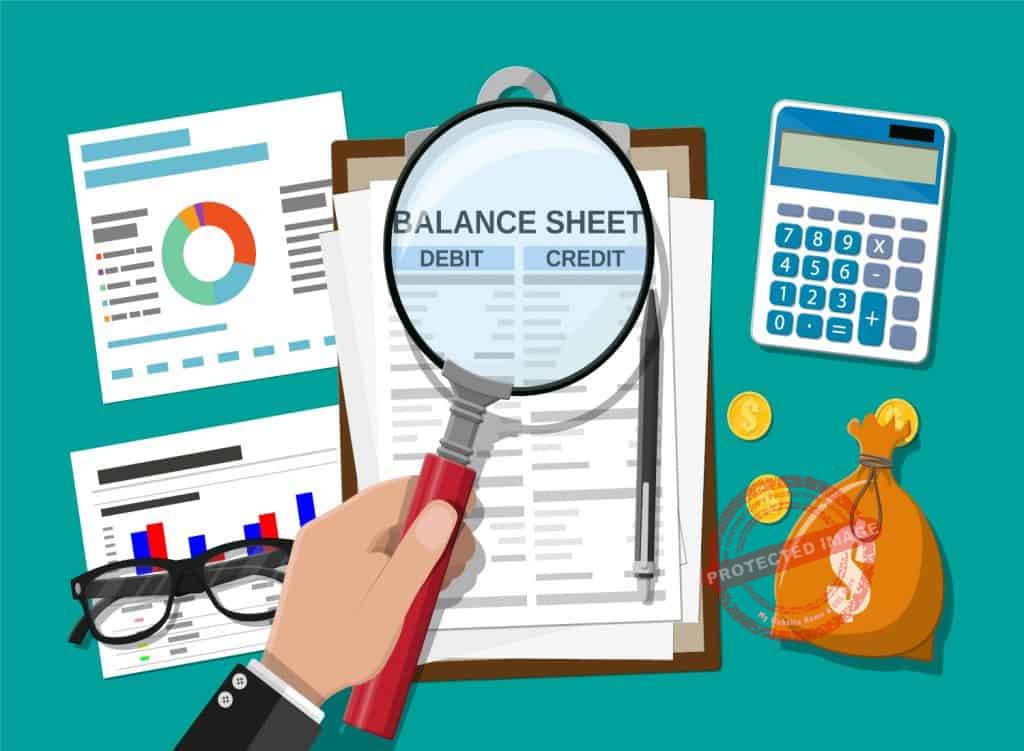
This works both for personal and business debt.
Make a list of all the money you owe and to whom you owe it.
Be thorough and sincere to yourself when doing this.
Write down how much interest each debt incurs, how much you owe that bank/person/etc. and the monthly payments that you have agreed upon.
Also, you should include payments that you have to make on business loans.
You should write down every bit of line of credit you have tapped into.
Your credit card debt should also be included in the inventory.
Any form of debt that you have used to sustain your business should be placed on that list.
Now, use a spreadsheet and record all of that.
Arrange your debts by interest rate as well as by the number of monthly payments.
You can now prioritize which debt you should pay first.
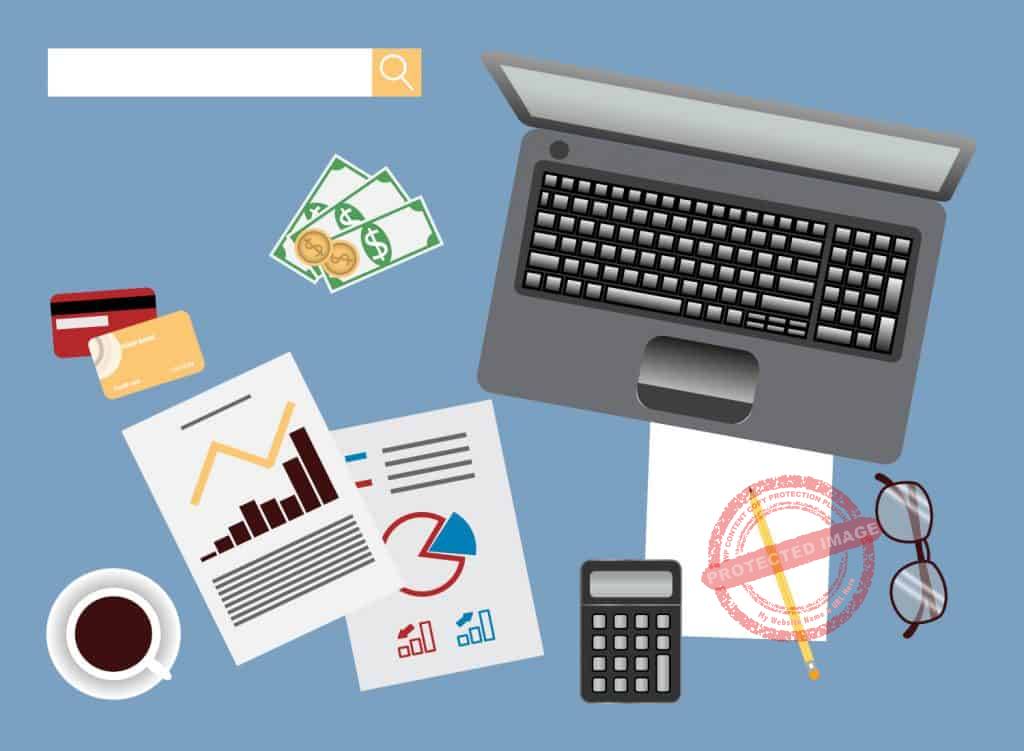
This inventory should be part of your debt management tools.
It’s up to you if you want to deal with the smallest debt first to the biggest debt.
Another option is for you to pay the debts with the smallest interest first and then move to the one with the largest interest after.
Some people do it in reverse.
Choose an approach, discuss it with your creditors if you need to, and stick to it.
Do Some Cost Cutting
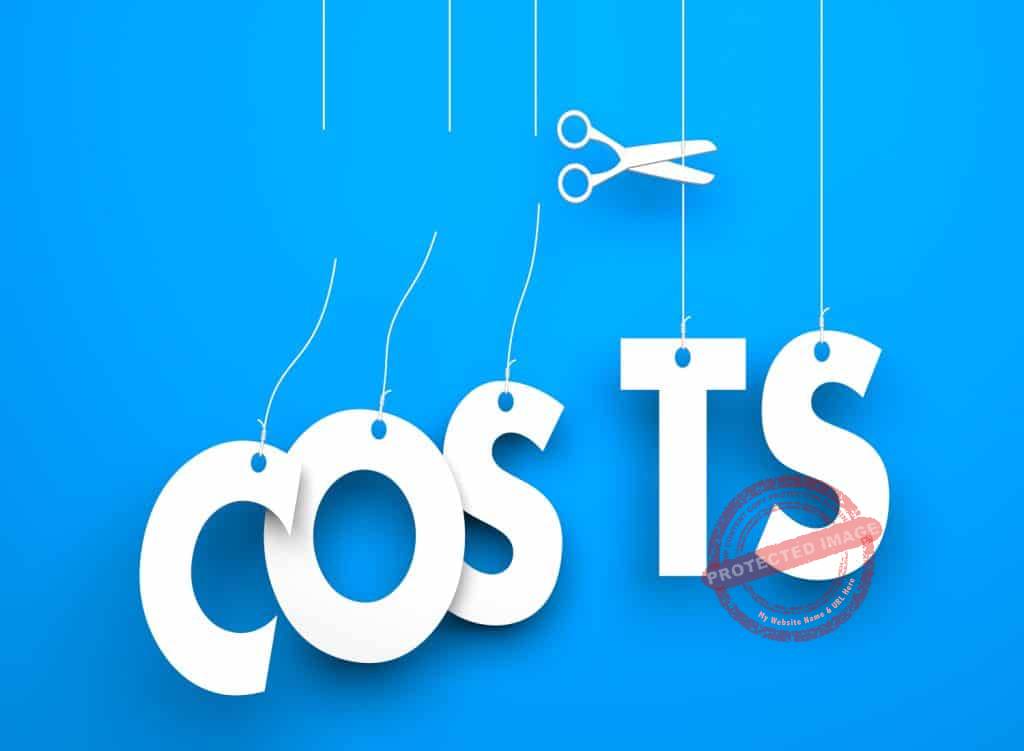
One of the ways that you can find funds to pay for your debt is to cut costs.
Any unnecessary expenses must go.
This is one of the good ways to reduce debt.
Here are a few examples of ways you can reduce costs in your business.
Split costs with other companies
There may be some utility costs that you can split with other companies that occupy the same building with your business.
For instance, if your office and the one next to it uses the internet, you can negotiate with the business owner if you can just share one account and just split the costs.
This may also be done in coworking spaces as well.
You can also make deals with other companies who may not exactly be in the same building but require the same resources that can be shared.
You can work these deals with people who run somewhat similar businesses to yours.
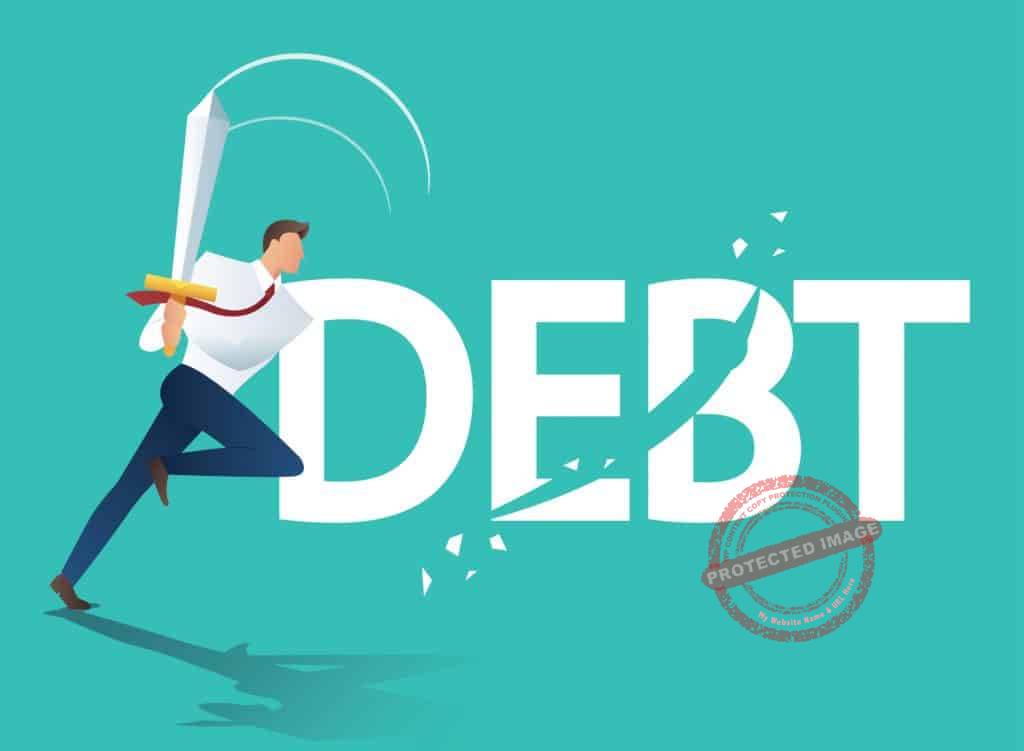
Consider downsizing
You can downsize your operations to a smaller office if that will make a significant reduction in costs.
If your business is small enough then maybe you can consider moving to a co-working space.
Find other business spaces that don’t have a long term lease or have lower rates.
You may also consider switching to a home office.
Cut costs on office supplies and others
If you have any excess office equipment and supplies, you don’t let them gather dust in the office.
You can sell them off especially if they are items that you don’t really use that often.
You also don’t need to buy a new laptop or other equipment.
If you can find used items then purchase those for now.
If required, you can upgrade the equipment after your debt issues are resolved.
Boost Sales

This is yet another great way to manage debt in your small business.
Here are a few ideas on how you can increase your sales.
Consider increasing the prices for your products and services
This might sound a little bit awkward but it’s a unique way to solve your small business debt problems.
Increasing your prices may have the potential to drive customers away to a competitor who offers something more affordable.
But with the right strategy, you can get better sales.
You can offer to provide volume discounts when your customers make large orders.
You can do that without losing any customers and it also helps your business stay competitive.
Engaging customers in social media is now an important part of any sales strategy
This means that when your customers make product inquiries or ask any questions on any of your social media channels then you should respond as soon as possible.
You should also pay attention to your company’s online reviews.

Studies show that 84% of customers trust online reviews (on social media and elsewhere) as much as recommendations from their friends.
The level of trust is pretty high when it comes to reviews found on the internet.
Finally, you should reward your loyal customers
Some companies are highly successful when it comes to conducting loyalty programs.
Loyalty programs have been found to increase customer satisfaction as well as customer retention.
According to tech service firm Technology Advice, 84% of customers surveyed say that they will be willing to shop again in stores that have a loyalty program.
Refinance All Your High-Cost Debt
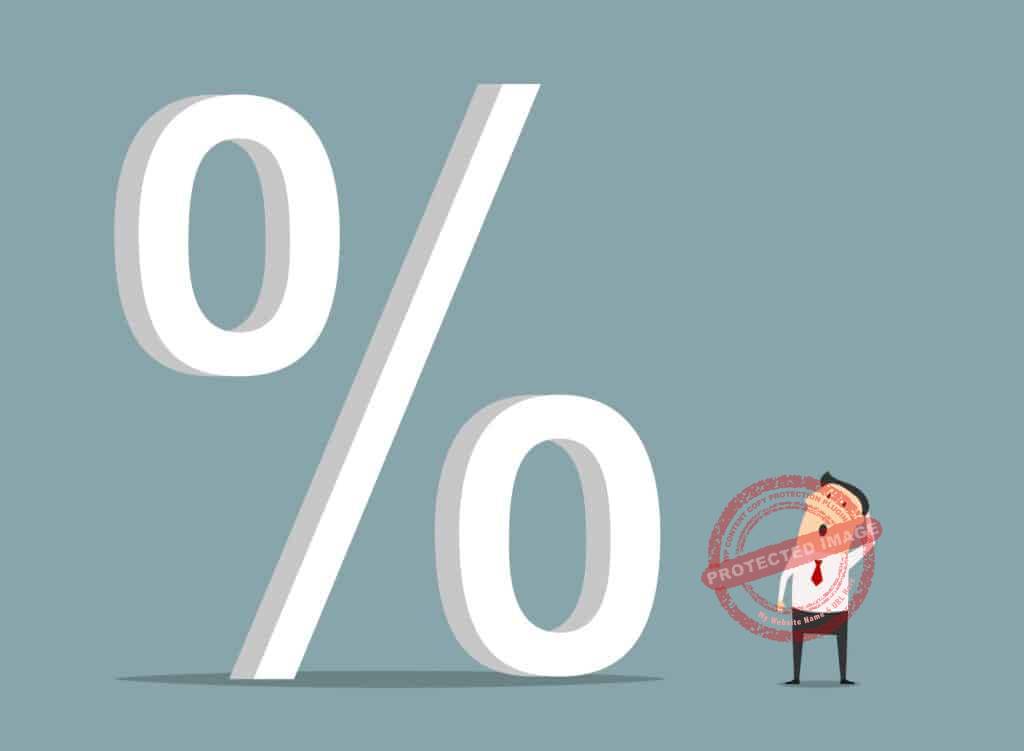
This is another effective way to manage debt in your small business.
Pay attention to rises in interest rates since any hike will have a significant impact on your finances.
Rate hikes may occur at any time, which means you should consider refinancing any form of high-cost debt.
That would include all lines of credit, credit card balances, and all types of variable rate debt.
Negotiate with your creditor if you can change your loan from variable interest debt to fixed interest debt.
If you can make that deal happen then you should pay it off as quickly as you can.
That is the ideal debt management strategy.
Note that business credit card debt can either be consolidated or refinanced.
You can do that by doing a balance transfer to a new credit card.
These balance transfers usually come with a 0% interest promo.
The promo, of course, will only be available until a specified date so make sure to pay it off before the promo expires.
If a 0% rate is not available to you, consider moving to credit cards with lower interest rates.
Assess and Rework Your Budget
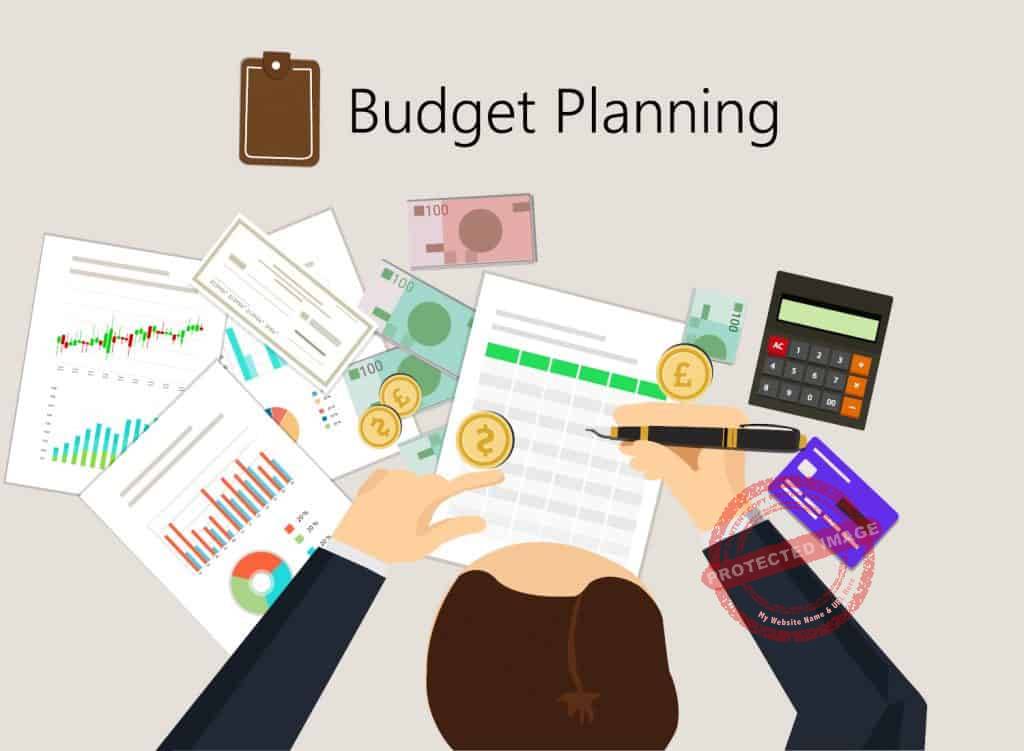
One of the things you need to look into is your business budget.
Since you got yourself in trouble with debt then that means there must be something wrong with your budget.
It’s either that or you weren’t able to stick with your budget after all.
Check if you are operating in excess.
Find out if you have all the bases covered.
Assess and rework your budget to cover everything.
Shorten Client Payment Terms
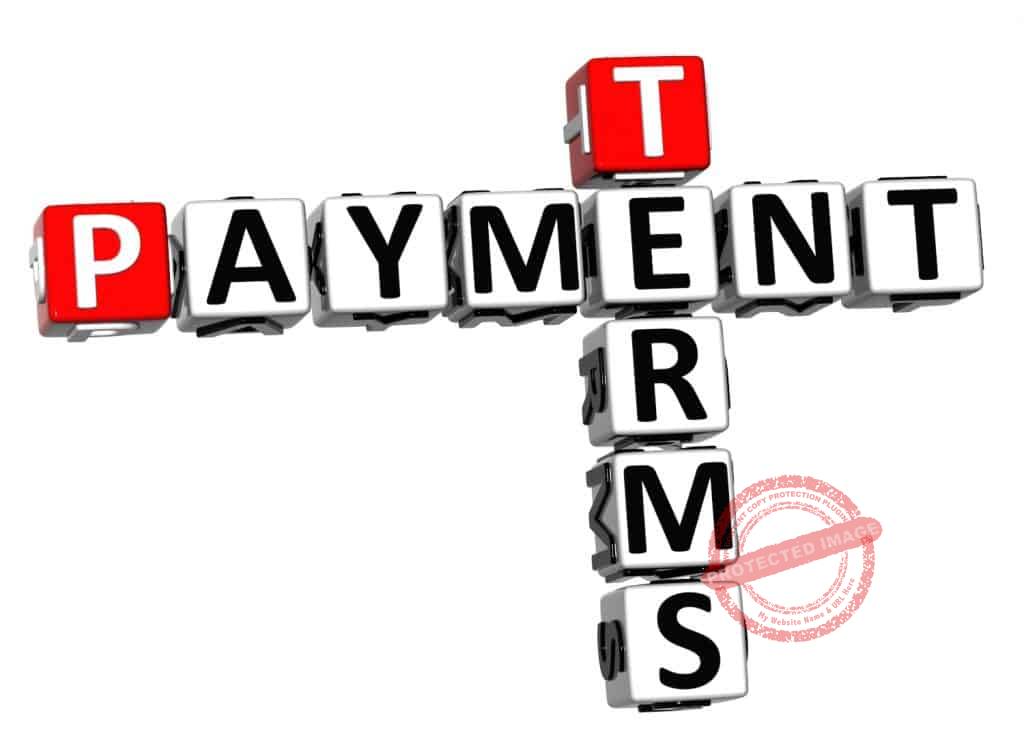
There are clients who consistently pay late and there are clients who have long term payment plans.
In both cases, it will be a good idea to revise these payment terms.
For example, if you usually give 90-day payment terms to clients you should reduce it down to 30 days.
You can also offer to give clients early payment discounts.
You can charge penalties for late payments.
These can be used as effective strategies for managing business debt and collecting unpaid invoices.
Learn How to Deal with Creditors

Dealing with creditors and lenders is an essential skill that every entrepreneur should have.
They are not basically against you or your business.
It’s just that they have interests to cover just like you.
Here are several ways on how to deal with creditors and negotiate better deals.
Remember that negotiating with them is an essential part of your debt reduction plan.
Be open and honest about your current situation
Contact all your creditors and inform them of your current financial predicament.
If you ignore them then that will tend to make matters worse.
Remember that resolving your debt is in everyone’s interest.
Everyone will benefit if they can help you resolve your financial issues.
Note that lenders will be more than willing to work with you.
Some will even go out of their way and reduce interest rates.
Some creditors may even be kind enough to increase your line of credit just to allow you to get over your temporary financial setback.
Other creditors will have credit restructuring options.
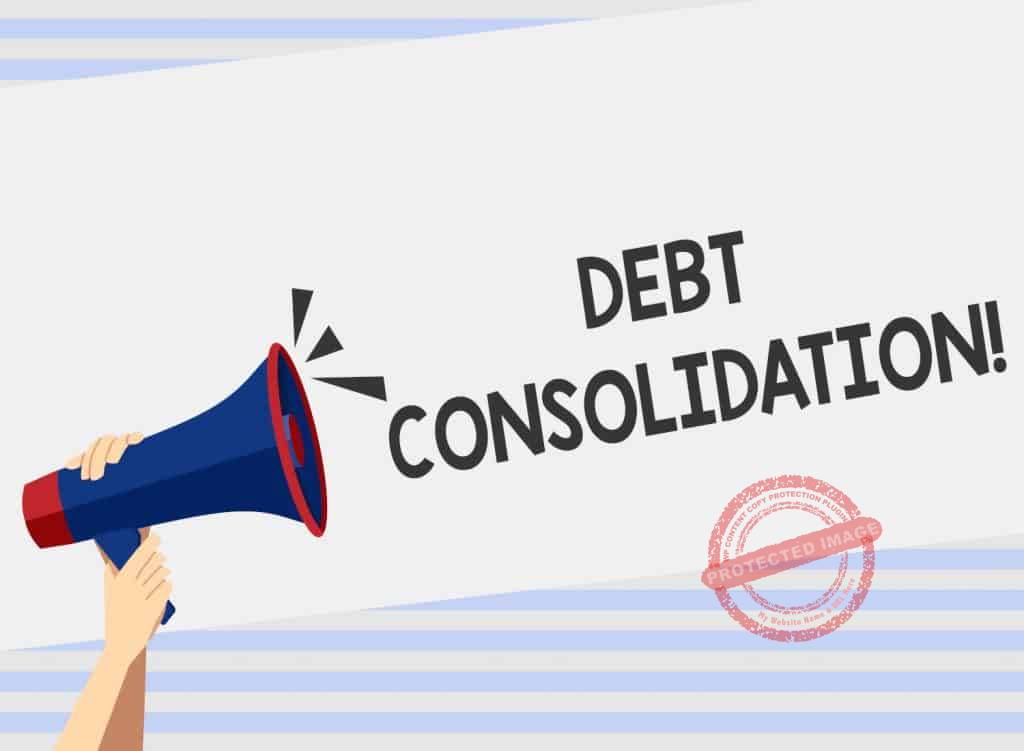
Apply for loan consolidation
It is possible to consolidate all your loans into one.
One of the benefits of doing this is that it will reduce monthly costs.
It is one of the viable options to protect your credit.
You can consolidate all the short term loans in your account into a single long term loan.
You will only have to think about one monthly payment.
You don’t need to worry about multiple payments that you have to meet each month.
Ask your creditor if consolidation can be worked out.
If they agree to it then it will benefit them by having several loans paid accordingly and it benefits you because this strategy will ease your repayment load.

Ask about a hardship plan
Ask your creditor if your business is qualified for a hardship plan.
This plan includes a payment extension and also a lower interest rate.
This plan will include a letter of explanation detailing the current financial situation of your business.
You will also be required to provide proof that you need assistance with meeting your current obligations.
Examples of which are financial statements, tax returns, and other documents.
Final Thoughts On How to Manage Debt in Your Small Business

These are our tips on how to manage debts in your small business.
Remember that if all your plans and strategies don’t work then the last resort might be to file for bankruptcy.
However, that is an expensive and complex process.
That is why you should consider all of the options mentioned here before doing that.
There are other informative and helpful articles linked to this post; kindly check them out.









